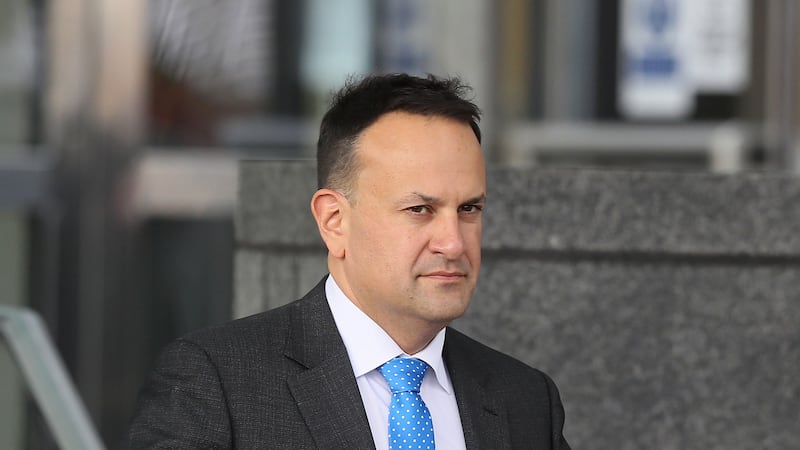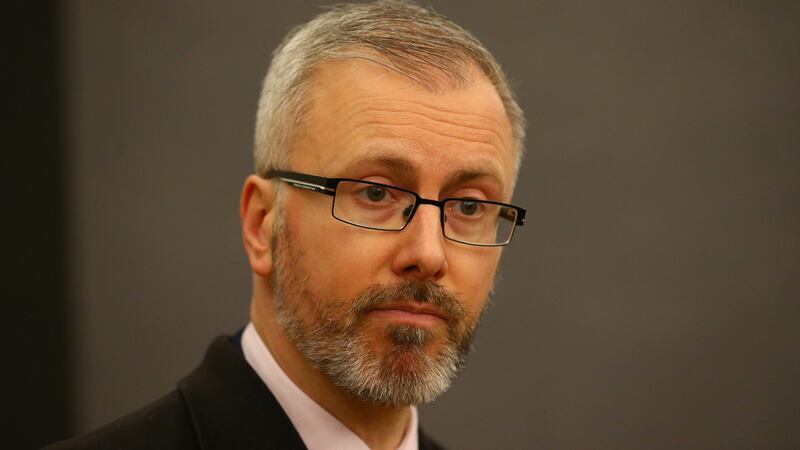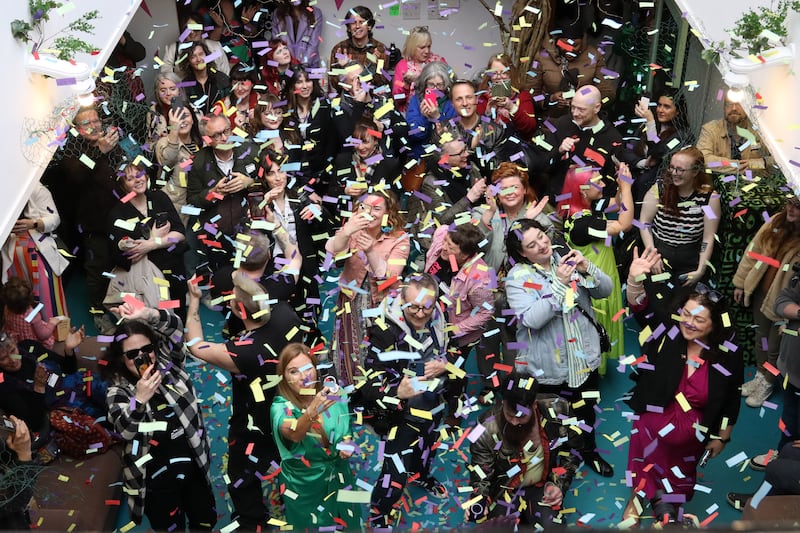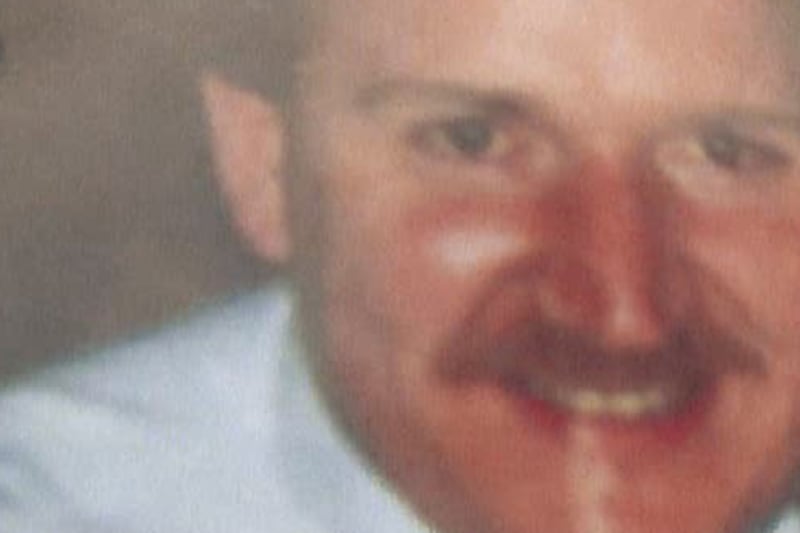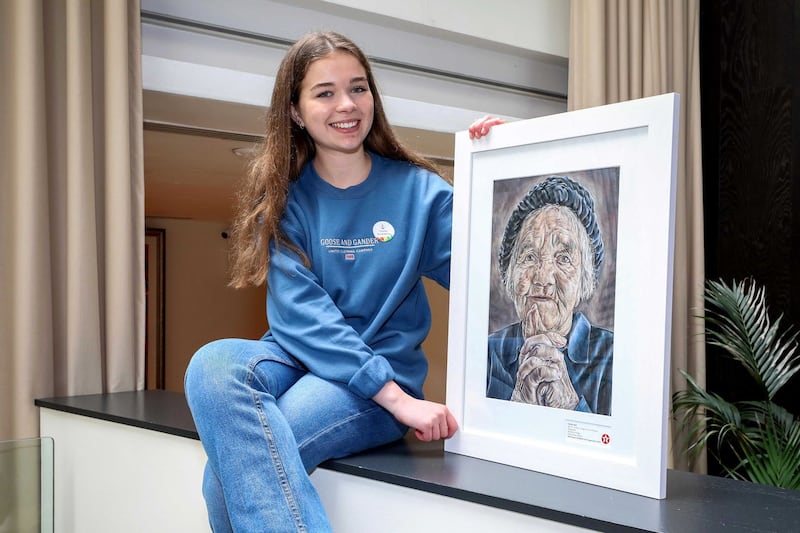A new cross-border initiative aimed at strengthening economic ties between Dublin and Belfast has the potential to create further growth and development and bring both sides “closer together”, the tánaiste has said.
Leo Varadkar said Dublin and Belfast had “turned their backs” on each other due to the events of the past 100 years but that it was now time for both cities to be marketed as one.
Eight local authorities from both sides of the border came together to set up the Dublin Belfast Economic Corridor in response to the issues facing the region, as identified by a joint report from Dublin City University and Ulster University.
The report, the Dublin-Belfast Economic Corridor: Current Profile, Potential For Recovery & Opportunities For Co-operation, found it was an opportune time to create a North/South economic corridor “given the challenges the region faces as it comes to terms with the impact of the United Kingdom’s exit from the European Union and the Covid-19 pandemic”.
Speaking at the virtual launch of the initiative, Mr Varadkar said the corridor was about bringing North and South closer together and enhancing economic and social co-operation between Dublin and Belfast, as well as the areas in between.
“For millennia now, the major economic centres on the island have been Dublin, since it was founded by the Vikings, and Belfast in the north east,” Mr Varadkar said.
“There are two million people living along the corridor. It’s not just about Dublin, Belfast, it’s everything in between.
“To a certain extent, because of the events of 100 years ago, these two major urban centres, this major economic corridor, was split and turned their backs on each other in a way.
“I would like that to turn around.”
The Fine Gael leader questioned why Dublin was not twinned with Belfast when it was twinned with Barcelona, Beijing, and Nablus in Palestine.
“There should be so much more contact between the two cities and all the places along the route,” he added.
Mr Varadkar also said he would like to see high-speed rail linking Dublin and Belfast in under an hour.
“It would really change things,” he said.
Stormont’s Finance Minister Conor Murphy said local authorities had been trying to improve the synergy between the two cities since partition and that the pooling of assets would be very beneficial.
“There is a huge opportunity to market the areas as one, to recognise the potential of the growth of the population there and the diversity and the economic strength of both cities,” the Sinn Féin MLA for Newry/Armagh said.
“It would be madness not to try and take advantage, on an international scale in terms of marketing and branding, but also domestically across the island.”
He added: “We should be looking at a real strong connection between Derry, through Belfast to Dublin and Cork.
“Those sort of plans and investment I think would really transform this island, and by the economic corridor between Belfast and Dublin being a key driver of that.”
Robin Walker, the British government's minister of state for Northern Ireland, said: “It is clear that the two economies need to work with each other as seamlessly and collaboratively as possible.
“Greater prosperity in one will benefit the other, and your report draws the comparison with the Oxford, Cambridge and Milton Keynes corridor.
“I hope we can together replicate the success that that corridor is already beginning to have.”
He also said that an increase in international tourism would be of benefit to both economies, but that the opportunities for both Northern Ireland and the Republic created by an increase in demand for staycations and holidays closer to home should not be overlooked.
The report found the Dublin Belfast Economic Corridor region had a population in excess of two million people and was younger and more diverse than any other part of Ireland, with 15% born off the island.
It also had the best educated workforce, with 34% of the population holding third-level qualifications.
In 2019, there were 125,000 firms located along the corridor with entrepreneurship and survival rates higher than elsewhere in Ireland and more people employed in mid-sized and large businesses than anywhere else.
